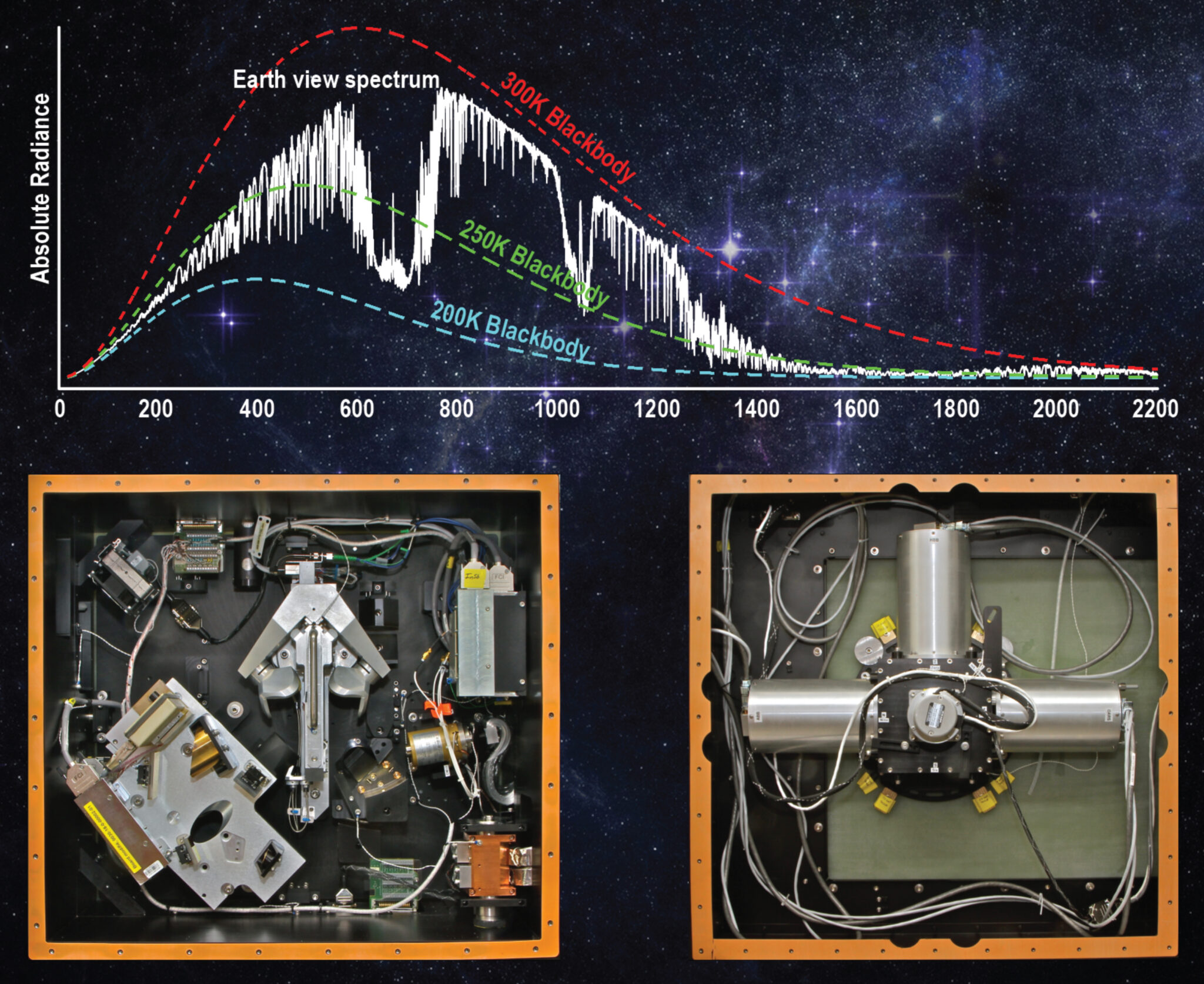
[ Archive ]

 |
CIMSS-NOAA Weekly Report [ Archive ] |
 |
CIMSS AND ASPB WEEKLY HIGHLIGHTS FOR THE WEEK ENDING JULY 24, 2020
PRODUCTS AND APPLICATIONS:
AWARDS AND RECOGNITION:
PUBLICATIONS:
WORKSHOPS, CONFERENCES, AND MEETINGS:
Kickoff Meeting of New WMO Committee on Observing Systems and Networks: As part of the major restructuring of the World Meteorological Organization (WMO), various Commissions, Standing Committees, Study Groups, and Expert Teams are being formed. Jeff Key (NOAA) was selected to be a member of the Infrastructure Commission's Standing Committee on Earth Observing Systems and Monitoring Networks (SC-ON), representing the Polar Space Task Group (PSTG) and the Global Cryosphere Watch (GCW). SC-ON had its kickoff meeting on 23 July 2020 -- virtually, of course. SC-ON terms of reference include, among other things, (a) gather and review observational user requirements across all user programs and disciplines, (b) assess and advise on gaps and solutions for meeting user needs in observations for all disciplines and WMO Application Areas, (c) develop and maintain WMO regulatory and guidance material related to Earth observing networks, and (d) assist and guide Members to initiate, design, evolve, optimize, and implement integrated global, regional, sub-regional, and national observing networks in collaboration with relevant groups and partner organizations, including satellite operators. (J. Key, E/RA2, 608-263-2605, jeff.key@noaa.gov)
TRAINING AND EDUCATION:
MEDIA AND OUTREACH:
SSEC and CIMSS Scientists in the News: Scientists at the University of Wisconsin-Madison (UW) Space Science and Engineering Center (SSEC) and the Cooperative Institute for Meteorological Satellite Studies (CIMSS) provide expert commentary, interviews, and imagery to news media and participate in events to promote science. In the news this week: 1) Three high school seniors, who hail from Wisconsin to as far as Oregon State, were awarded the UW–Madison Cooperative Institute for Meteorological Satellite Studies Verner E. Suomi Scholarship for the 2020-2021 academic year. SSEC News published this story: https://www.ssec.wisc.edu/news/articles/13034. 2) SSEC researcher Joe Taylor characterized developments with the Absolute Radiance Interferometer, how it can be used to capture highly-accurate measurements in IR and far-IR ranges of Earth's atmosphere, and application of those data to climate monitoring. Read the story by SSEC News: https://www.ssec.wisc.edu/news/articles/13023. 3) CIMSS Satellite Blog contributors Scott Bachmeier and Tim Schmit published posts on "Hurricane Douglas in the East Pacific Ocean" (July 22-23), "First Rapid Scan Satellite Imagery of Volcanic Ash Plumes: July 1980 (Mount St. Helens)" (July 22), "Severe thunderstorms across the Upper Midwest" (July 17), "Turbulence associated with transverse banding" (July 16). Read more at https://cimss.ssec.wisc.edu/satellite-blog/. (J. Phillips, SSEC, 608-262-8164, T. L'Ecuyer, CIMSS, J. Taylor, SSEC, S. Bachmeier, CIMSS, 608-263-3958, T. Schmit, E/RA2, 608-263-0291)
 (Click image to enlarge)
(Click image to enlarge)
Figure: The Absolute Radiance Interferometer is an instrument developed by SSEC scientists and engineers that is capable of measuring infrared radiation in Earth’s atmosphere to a high-degree of accuracy. Roughly the size of a small freezer, the ARI is designed to be flight ready for future satellite missions. Credit: Joe Taylor, SSEC.
(Click image to enlarge)
Figure: SMS-2 visible and infrared "rapid scan" imagery from July 23, 1980 showing the eruption of Mount St. Helens. Credit: CIMSS, NASA, NOAA.
OTHER:
| Archived Weeklies Page | Submit a report item |